
Catch up on a few of Modern Retina's top stories and ones you may have missed in 2023

Government focus on preventing blindness as well as rising elderly population are key drivers behind this growth.

A tailored treatment plan can help surgeons offer personalized care for patients.

A look back at some of the biggest stories in ophthalmology in 2023.

A genome topology map of human retina development lays the foundation for understanding diverse clinical phenotypes in simple and complex eye diseases.
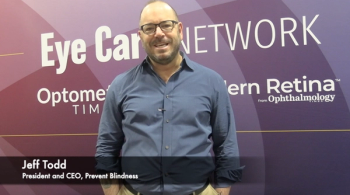
Jeff Todd, CEO and president of Prevent Blindness spoke with the Ophthalmology Times team about diabetes-related eye disease awareness at this year's American Academy of Ophthalmology meeting.
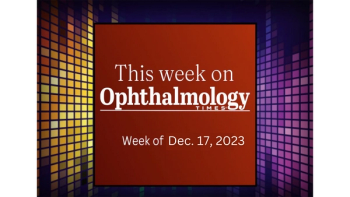

Scientists have developed a versatile imaging system that will help diagnose pathologies in the eye fundus.

According to the company, the designation follows interim Phase 1 PRISM clinical data for 4D-150 that demonstrated an encouraging safety, tolerability and clinical activity profile in patients with wet age-related macular degeneration.

By 2022, numbers of inspections remained well below prepandemic levels, with a 79 percent decrease in foreign inspections and a 35 percent decline in domestic inspections compared with 2019.

David Hutton of Ophthalmology Times talks with Stephen Slade, MD, about clinical results using the light adjustable lens from RXSight.

During a multidisciplinary meeting with FDA, based on preliminary results from an ongoing Phase 1/2 study, the company received alignment on key points of the Phase 3 study design.

Interventional eyelid procedures enabled by TearCare technology delivered clinically and statistically significant improvements in every sign and symptom measured at every time point through 6 months.

Inaugural awards honor 3 residents in ophthalmology, optometry, and retina

David Hutton of Ophthalmology Times talks with Jay Katz, MD, CMO for Glaukos, and Steven R. Sarkisian, MD, about the Glaukos iDose travoprost implant.
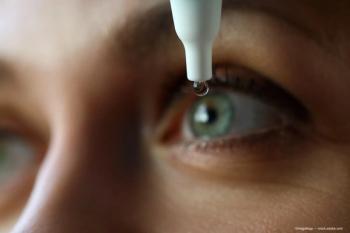
According to the company, if approved, OCS-01 has the potential to become the first topical eye drop and non-invasive treatment option for DME.

Physicians from the Harvard Medical School and the Kresge Eye Institute at Wayne State University in Detroit recently published details from the case.

According to the company, the NORSE EIGHT study is set to kick off during the first quarter of 2024 and the Biologics License Application in the US is likely by the end of 2024.
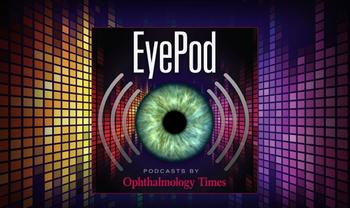
In this podcast, Neda Shamie, MD, and Peter J. McDonnell, MD, discuss real-world experiences, patient choices, and the nuances of integrating femtosecond laser-assisted cataract surgery into practice, offering insights into the latest developments in ophthalmology.

Ocugen says the Regenerative Medicine Advanced Therapy designation will "help expedite the development of new regenerative medicines."

The companies announced they will team up to enhance patient care and workflow efficiencies with a comprehensive dry eye assessment and relief platform.

Viridian's VRDN-003, a subcutaneous therapy for thyroid eye disease, has demonstrated positive data in a Phase 1 clinical study, with an extended half-life of 40-50 days. The company plans to initiate global pivotal trials in mid-2024, aiming to transform TED treatment with less frequent dosing intervals.

Marc Gleeson, CEO of Azura, sat down with David Hutton, Managing Editor at Ophthalmology Times to discuss the recent positive results from the Phase 2 clinical trial of AZR-MD-001 in patients with contact lens discomfort.
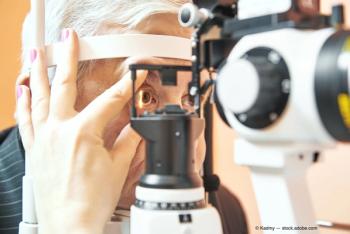
NCX 470, a novel nitric oxide-donating bimatoprost eye drop, is the company’s lead product candidate in Phase 3 clinical development for IOP lowering in patients with open-angle glaucoma or ocular hypertension.
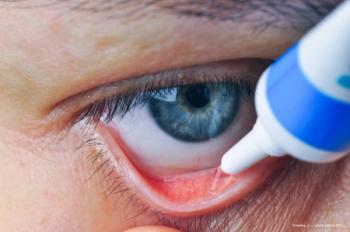
According to the company, the study met its primary endpoint and showed significant and clinically meaningful improvements in multiple symptoms of contact lens discomfort and signs of concomitant meibomian gland dysfunction.

A genome topology map of human retina development lays the foundation for understanding diverse clinical phenotypes in simple and complex eye diseases.

A team of researchers from Tokyo Medical and Dental University have developed models based on machine learning that predict long-term visual acuity in patients with high myopia, one of the top three causes of irreversible blindness in many regions of the world.

Eric Jennings, MD, from Woolfson Eye Institute, discusses the SMARTCataract cloud-based app from Alcon and its implementation where he practices with David Hutton, Managing Editor, Ophthalmology Times.

According to the company, the acquisition will extend its leadership in ophthalmic medical devices market and expands its position in the vitreo-retinal surgery segment.

The research marks the first attempt at integrating a photoactivatable anti-angiogenic agent with a photosensitizer into a single nanoformulation for AMD treatment.